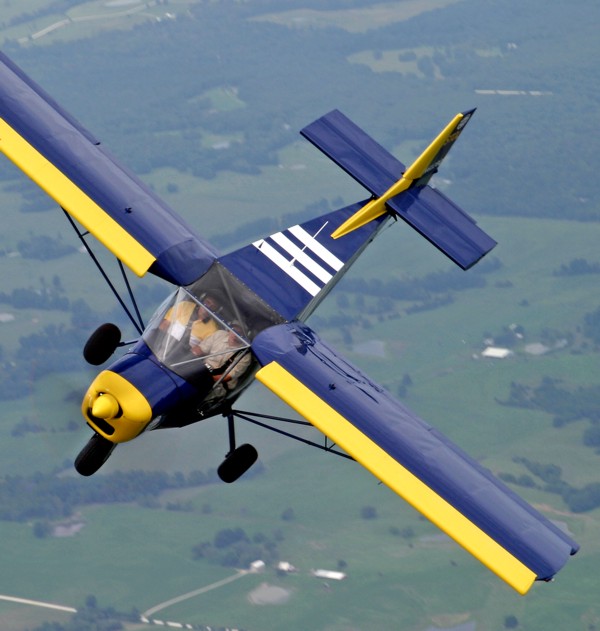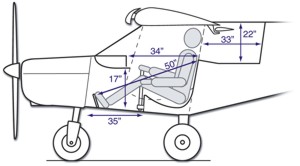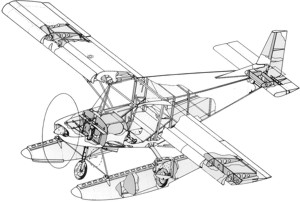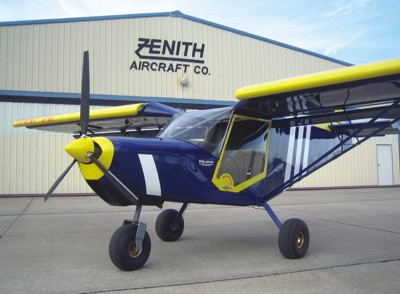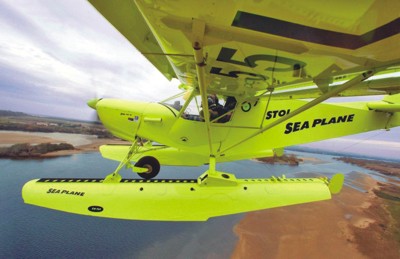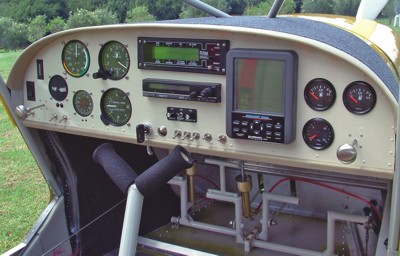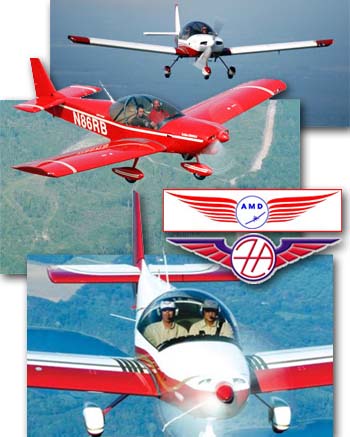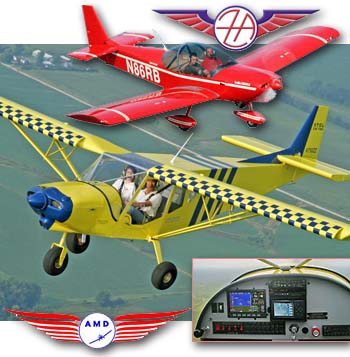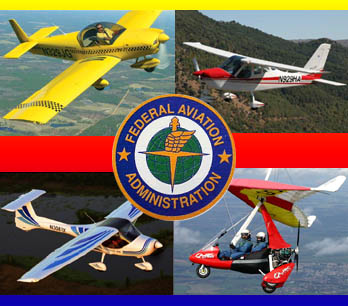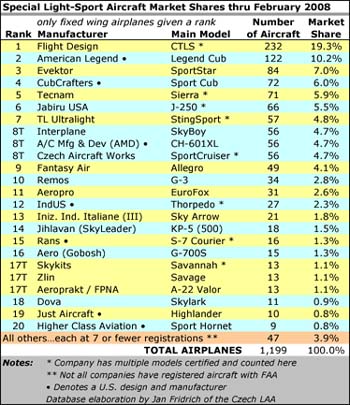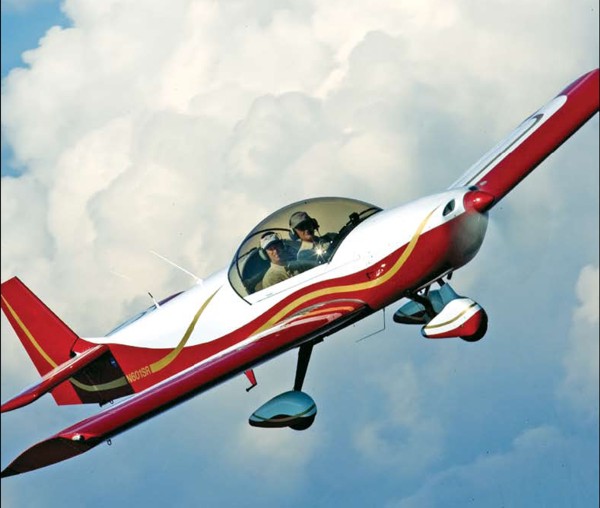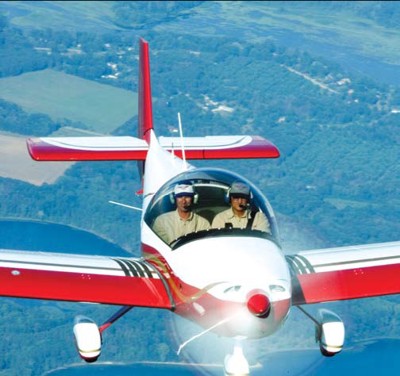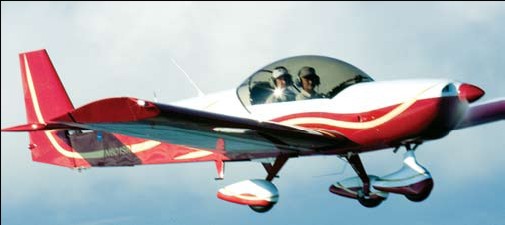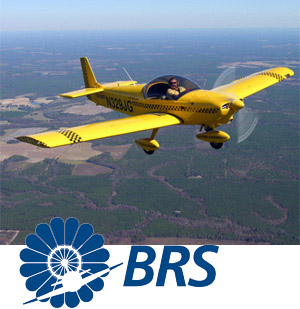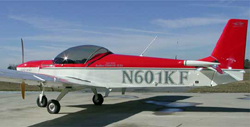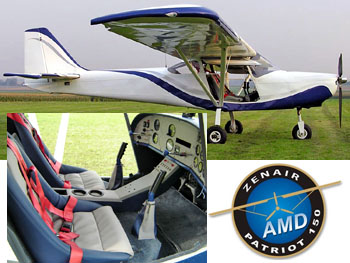
“We thank Cessna for getting people all excited about a high-wing, all-metal, Continental O-200-powered LSA,” exclaimed John Degonia, sales director for AMD, seller of the Zodiac CH-601. The Wichita giant has confirmed LSA enthusiasm with more than 700 Skycatcher orders, but it will be two years before the first deliveries. This delay is helping AMD take orders for their new Patriot 150. *** “It’s a two seat, 46-inch wide 172,” added John. The proven design formula gives Georgia-based AMD a high and low wing to address both market interests. CH-601 designer Chris Heintz “put his own spin on it,” said Degonia, “making it a shorter takeoff and landing design, and beefing it up to handle the O-200 Continental engine.” AMD is also planning an amphib version as “half our inquiries ask about floats,” said John. Patriot is priced at $89,900 for a day/night VFR version with a radio and avionics airplane for about $97,000.



